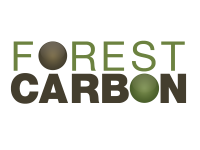
Some or all of the carbon from this project is available for purchase. More information can be found here, please get in touch if you are interested!
This project is part of a wider, multi-site project to tackle degraded peatlands across the Talla and Gameshope estate. This land is owned and managed by the Borders Forest Trust, who are committed to restoring it for nature, by planting trees and scrub, and also helping blanket bogs and mire habitats to recover.
A combination of bare peat revegetation, hagg reprofiling and gully blocking will allow the water table to rise and peat-forming plant species to recolonise the area. These plants lock up carbon when they die and become stored, partially decomposed, as layers of peat below the growing layer of mosses.
By restoring the peatlands, this project will not only reduce greenhouse gas emissions from the degraded mires, it will also allow the landscape to store more water and support a greater diversity of wildlife, including iconic species like black grouse and hen harriers.
Another key aim of this project is education, with the Borders Forest Trust hoping to host site visits from academics, policy makers and conservation bodies, to raise awareness about peatland restoration and demonstrate effective techniques for driving recovery.
